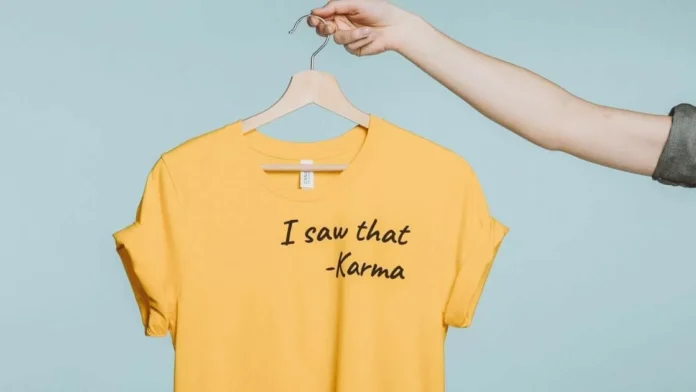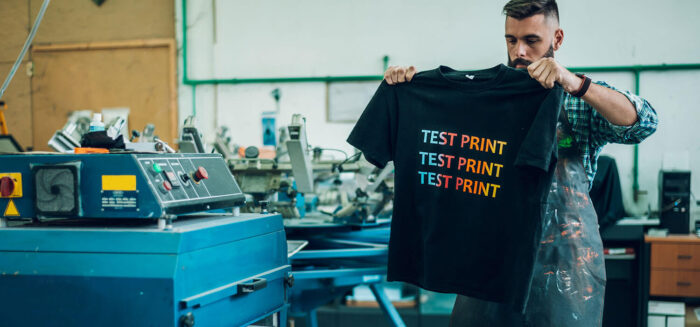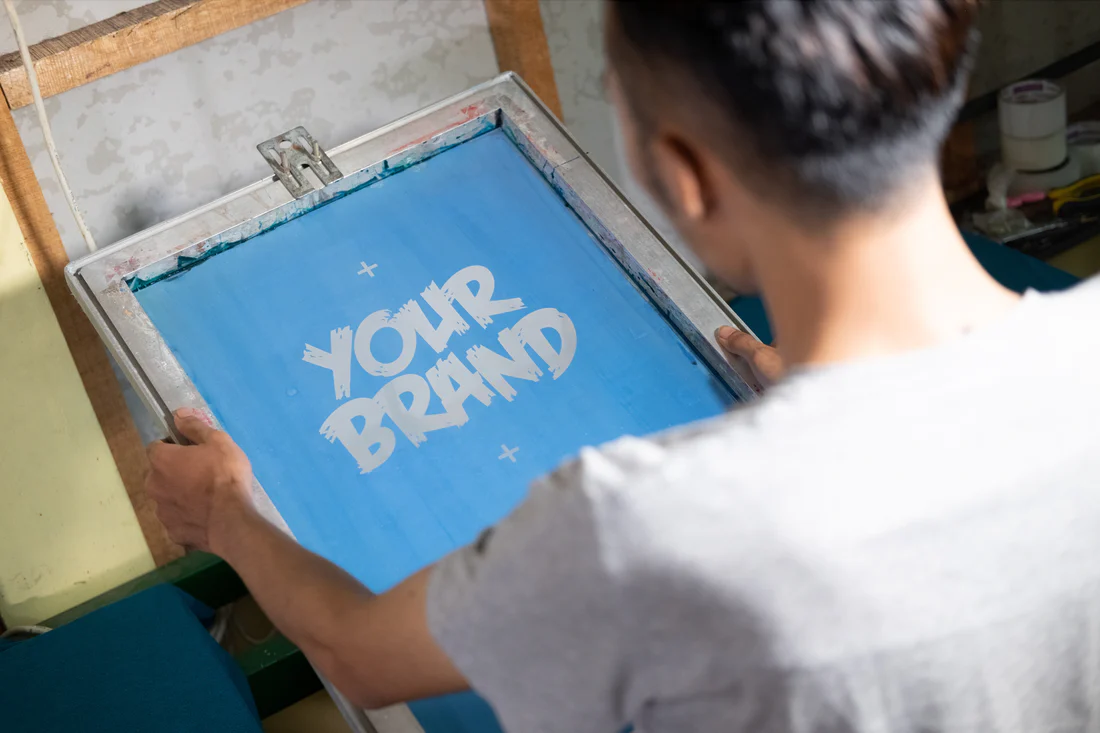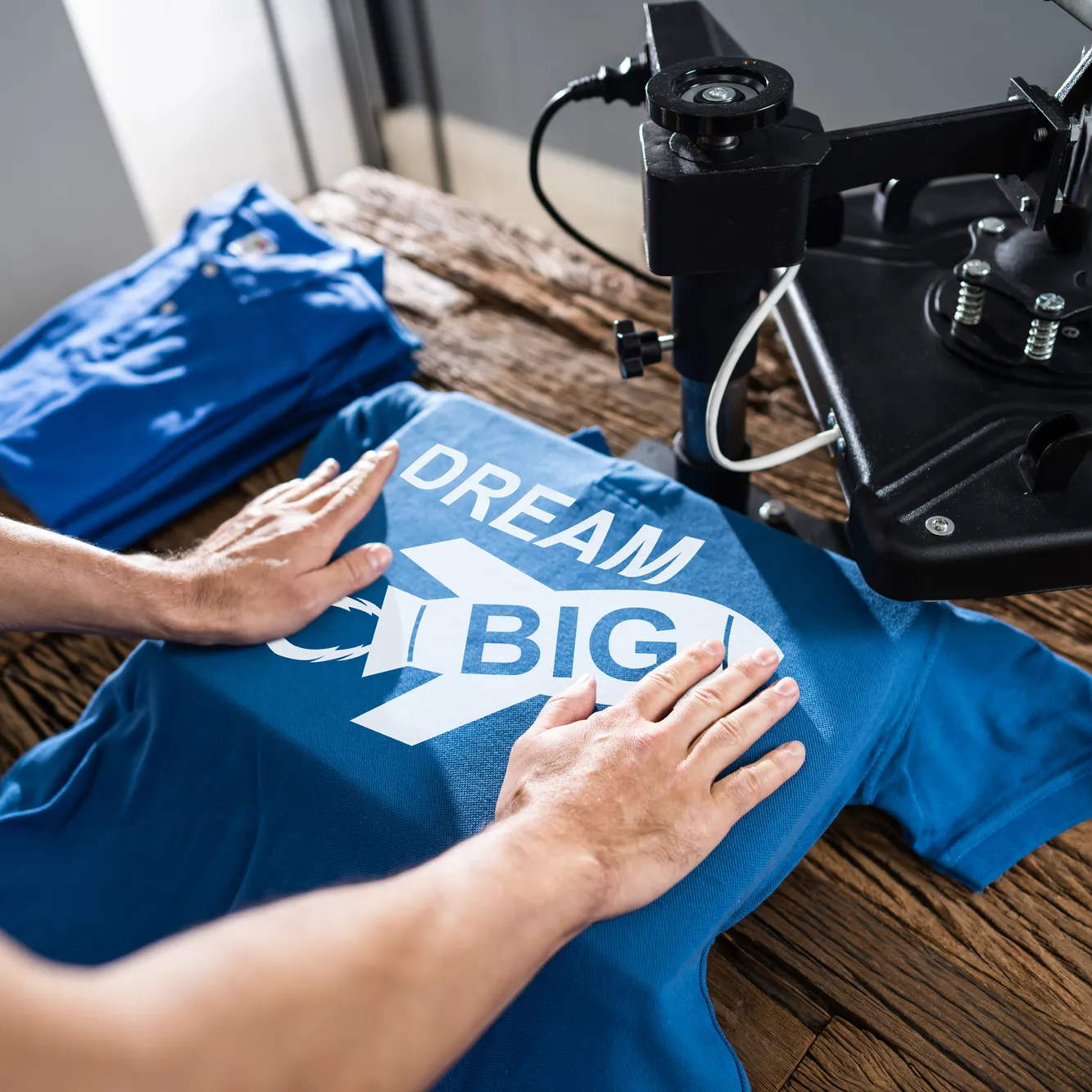
Have you ever looked at a unique, stylish shirt and wondered how it was made? Maybe you’ve been itching to unleash your creativity and create custom-designed shirts.
Learning the art of shirt printing is not only a fun and fulfilling skill but also opens up endless possibilities for self-expression and even entrepreneurial ventures. In this article, you will explore everything you must know about shirt printing.
Different Techniques

There are different techniques for designs on T-shirts, including:
Screen Printing
Screen printing is a popular and versatile technique for T-shirts. It involves creating a stencil (screen) for each color in the design and using a squeegee to push ink through the stencil onto the shirt. This method is efficient for large quantities and produces vibrant and durable prints.
Direct to Garment
Direct to Garment printing involves using specialized inkjet printers to apply water-based inks directly onto the fabric. DTG is ideal for detailed and multicolored designs. It offers high-quality prints with a soft feel, making it suitable for smaller quantities and intricate artwork.
Heat Transfer
Heat transfer involves a design onto transfer paper and then using heat to adhere it to the T-shirt. This method is suitable for intricate designs and small batches. However, it may not be as durable as some other techniques.
Dye Sublimation
Dye sublimation is a design onto special paper with sublimation inks and then transferring it to the fabric using heat. This process allows the ink to become part of the fabric, resulting in vibrant and long-lasting prints. Dye sublimation is effective for all-over complex designs.
Vinyl Cutting
Cutting designs from colored vinyl sheets and heat-pressing them onto a T-shirt is what vinyl cutting is. While it may lack the detail of some other methods, vinyl cutting is durable and suitable for small batches.
Embroidery Printing
Embroidery printing means stitching the design directly onto the fabric using threads. This technique adds texture and a premium look to T-shirts. Embroidery is ideal for logos and simple designs, providing a durable and professional finish. However, it may be less suitable for intricate or multicolored designs.
How to Do Shirt Printing

To do shirt printing, you will need the following basic steps:
1. Determine the Purpose
Whether for personal use, a special event, a business promotion, or creating a clothing line, understanding the purpose will guide your decisions throughout printing. When you know what you want to achieve, you can choose the right materials, design, and method for your needs.
2. Establish Your Budget
Once you know the purpose, establish a budget for your project. Consider costs such as T-shirt blanks, materials, and any professional services you may need. Having a clear budget helps you make informed decisions, ensuring you stay within your financial limits while achieving the desired results.
3. Choose the Ideal Method
Selecting the right method is crucial for achieving your desired look and feel. That being said, evaluate the techniques available. Each method has strengths and limitations, so choose one that aligns with your design complexity, quantity, and budget.
4. Design Your Unique T-Shirt Pattern
Ensure your design is compatible with the chosen method, taking into account factors like color gradients, details, and sizing. If you need more confidence in your skills, you can hire a graphic creator or use online tools. Once your design is ready, you’re set to move forward with the selected method and bring your unique creations to life.
5. Choose the Right Fabric and T-Shirt Style
Selecting the right fabric and style is crucial in printing. With that, consider the comfort, durability, and appearance of fabrics such as cotton, polyester, or blends.
Additionally, choose a style that complements your creation and suits the intended use – whether it’s a classic crewneck, V-neck, or long-sleeve blouse. The fabric and style choices contribute to your shirts’ overall look and feel.
6. Find a Professional Printer
To ensure high-quality results, find a professional experienced in the chosen method. Research local or online services, read reviews, and consider their expertise in your selected technique. Professional machines can guide you through the process, provide advice on optimizing your design for printing, and ensure the final product meets your expectations.
7. Send Your T-shirt Design File
Once you’ve chosen a machine, send them your design file in the required format. Ensure the file meets its specifications for resolution, color mode, and sizing. Clear communication is key to achieving the best results. To make the process go more smoothly, include important information like the number of blouses you want.
8. Get Your Perfectly Printed Shirt
After sending your design file, the printer will work magic to bring your vision to life. Once the process is complete, you’ll receive your perfectly published shirts. Inspect the final product for quality, color accuracy, and overall satisfaction.

If everything meets your expectations, you’re ready to enjoy or distribute your unique, custom-printed shirts. Hence, if you encounter any issues, communicate with the printer to address concerns and ensure a satisfactory outcome.
Choosing the Best Materials for Durability and Comfort
The choice of materials is pivotal in printing, impacting both the final product’s durability and comfort. High-quality fabrics like 100% cotton or premium blends ensure your shirts feel comfortable to wear and stand the test of time. For inks and materials, opt for those specifically designed for the method you’ve chosen, as this can significantly affect the vibrancy and longevity.
When selecting fabrics, consider the end use of the blouses. For example, athletic or outdoor wear may benefit from moisture-wicking materials, while fashion or casual blouses might be best in soft, breathable cotton. Similarly, the choice of ink and other materials should align with your project’s requirements, considering factors such as color fastness, washability, and eco-friendliness. Investing in quality materials upfront can elevate the overall quality of your shirts, ensuring they look great and last longer.
Master the Art of Shirt Printing Today
Whether you’re looking to start a business or enjoy the satisfaction of creating your custom designs, the possibilities are endless. So, grab your supplies, let your imagination run wild, and start making your mark in shirt printing Adelaide today.
















